Nanobreadboards made of DNA bricks provide twice the positional precision, twice the packing density, and faster prototyping than do alternative means to arrange functional molecules.
Arranging molecular chromophores on DNA brick nanobreadboards


Nanobreadboards made of DNA bricks provide twice the positional precision, twice the packing density, and faster prototyping than do alternative means to arrange functional molecules.
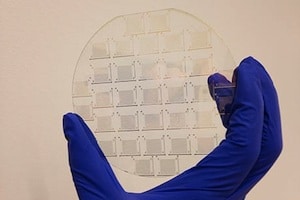
By precise control of several factors, uniform high-performance monolayers of the semiconductor MoS2 have been obtained and used to fabricate field-effect transistors.
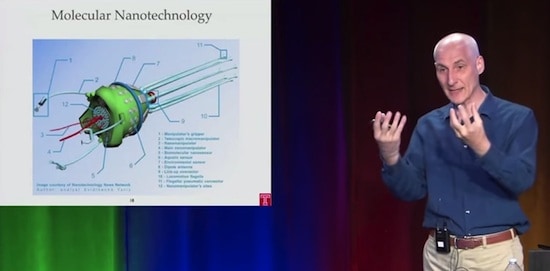
Designing and building spiroligomers, robust building blocks of various 3D shapes made from unnatural amino acids, decorated with various functional groups, and linked rigidly together by pairs of bonds, and a new approach to nanotechnology design software.
A US government Request for Information (RFI) is seeking suggestions for Nanotechnology-Inspired Grand Challenges for the Next Decade. The manufacture of atomically-precise materials is offered as #4 of 6 examples.
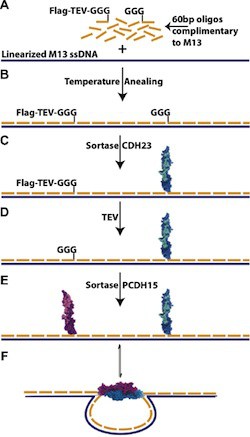
Linking proteins to DNA scaffolds to produce complex functional nanostructures can require chemistry that damages protein function. A new systematic approach avoids exposing proteins to damaging conditions.
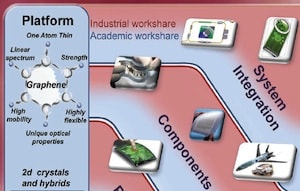
A European Science and Technology Roadmap for Graphene, Related Two-Dimensional Crystals, and Hybrid Systems hints at the opportunities to be harvested from, and the need for, the development of atomically precise manufacturing (APM).

The Theory Prize was given for research into diamond nanoparticles; the Experimental Prize was given for development of scanning tunneling microscope (STM) technology.
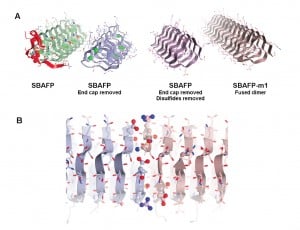
Design and computational simulation of amyloid proteins of diverse functions from diverse sources enable the self-assembly of proteins that could provide scaffolds for diverse applications.

RNA origami brings new dimensions to nucleic acid nanotechnology by exploiting the much greater variety of RNA structural motifs (compared to DNA) to do what cannot easily be done with DNA origami, like fold into predetermined nanostructures rapidly while being transcribed.
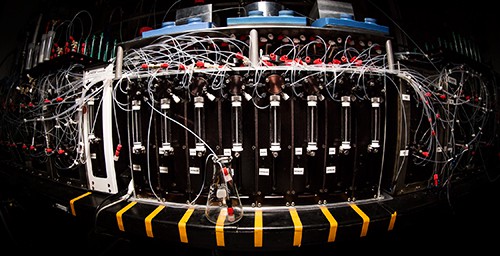
Iterative coupling, purification, and cyclization of a large collection of organic building blocks promises a vast array of complex small and medium sized molecules as candidates for drug discovery, catalysis, and nanotechnology.